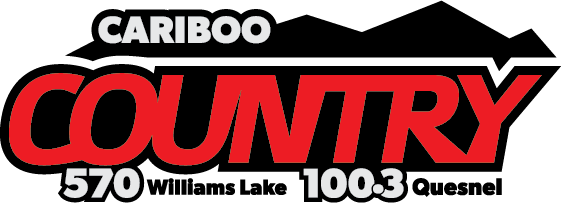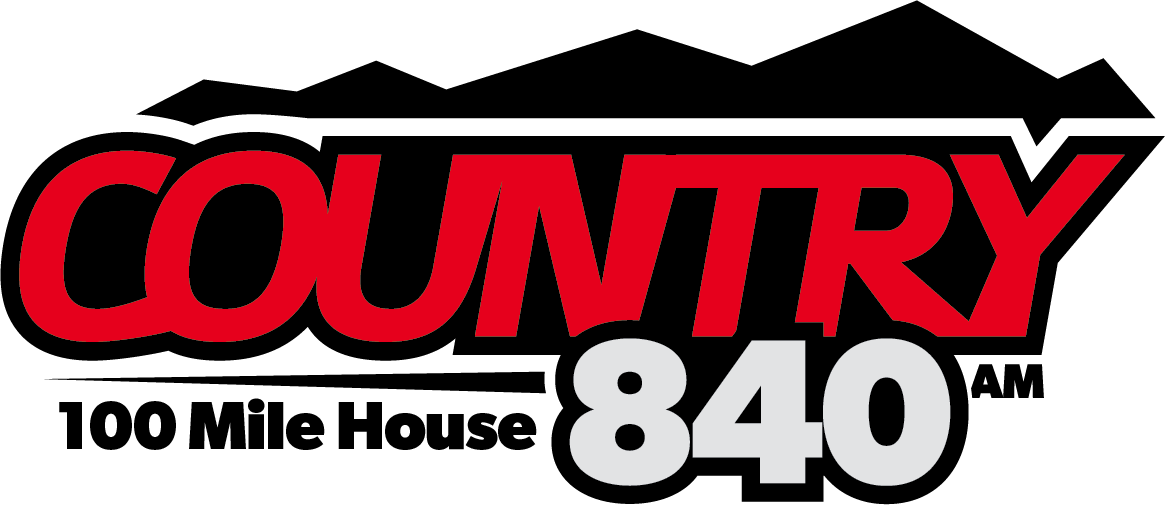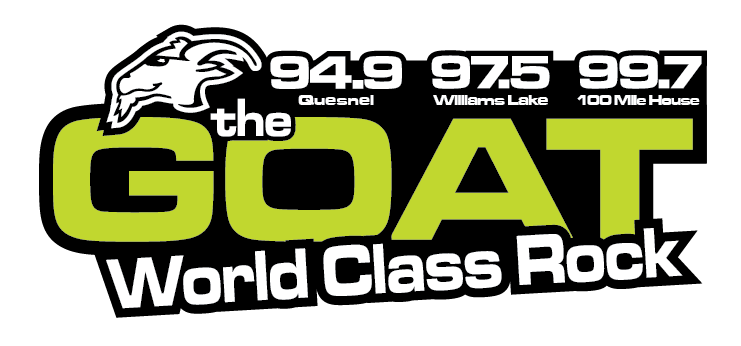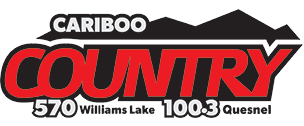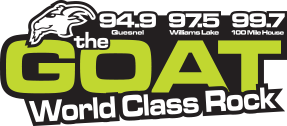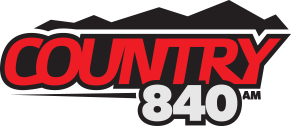Friday (April 1st) marked the official start of BC’s wildfire season, and as the BC Wildfire Service (BCWS) prepares, prescribed fires are popping up across the province.
Sharon Nickel, Fire Information Officer for the Prince George Fire Centre sent a report saying that prescribed fires are intentionally lit fires to get rid of underbrush and dead wood, therefore reducing fire hazards.
It was added that these blazes can have other objectives as well:
- fuel management (to reduce the buildup of forest fuels)
- pest management (such as bark beetles)
- ecological restoration (promoting the growth or removal of particular tree species and other vegetation during and following the application of prescribed fire)
- wildlife habitat enhancement (improving wildlife habitat and forage for large mammals, such as deer, bighorn sheep, moose and elk)
- post-harvesting work (fuel hazard abatement and site preparation for reforestation)
- First Nations traditional and cultural use
- agriculture (land and crop management, improving livestock forage)
Nickel said this was especially helpful, as some wildfires that get extinguished before spreading over a large area can lead to fuel loading, which can lead to more intense fires.
Prescribed fires are often seen during the spring or fall, allowing for slower and less intense blazes, and are overseen by a certified burn boss.
They can also take anywhere from six months to multiple years to plan out.
Other mitigation methods used by the BCWS include thinning, pruning, and the mechanical removal of vegetation.
Nickel added that it’s often necessary to use a combination of these methods to have proper land management.
Something going on in the Cariboo you think people should know about?
Send us a news tip by emailing [email protected].

